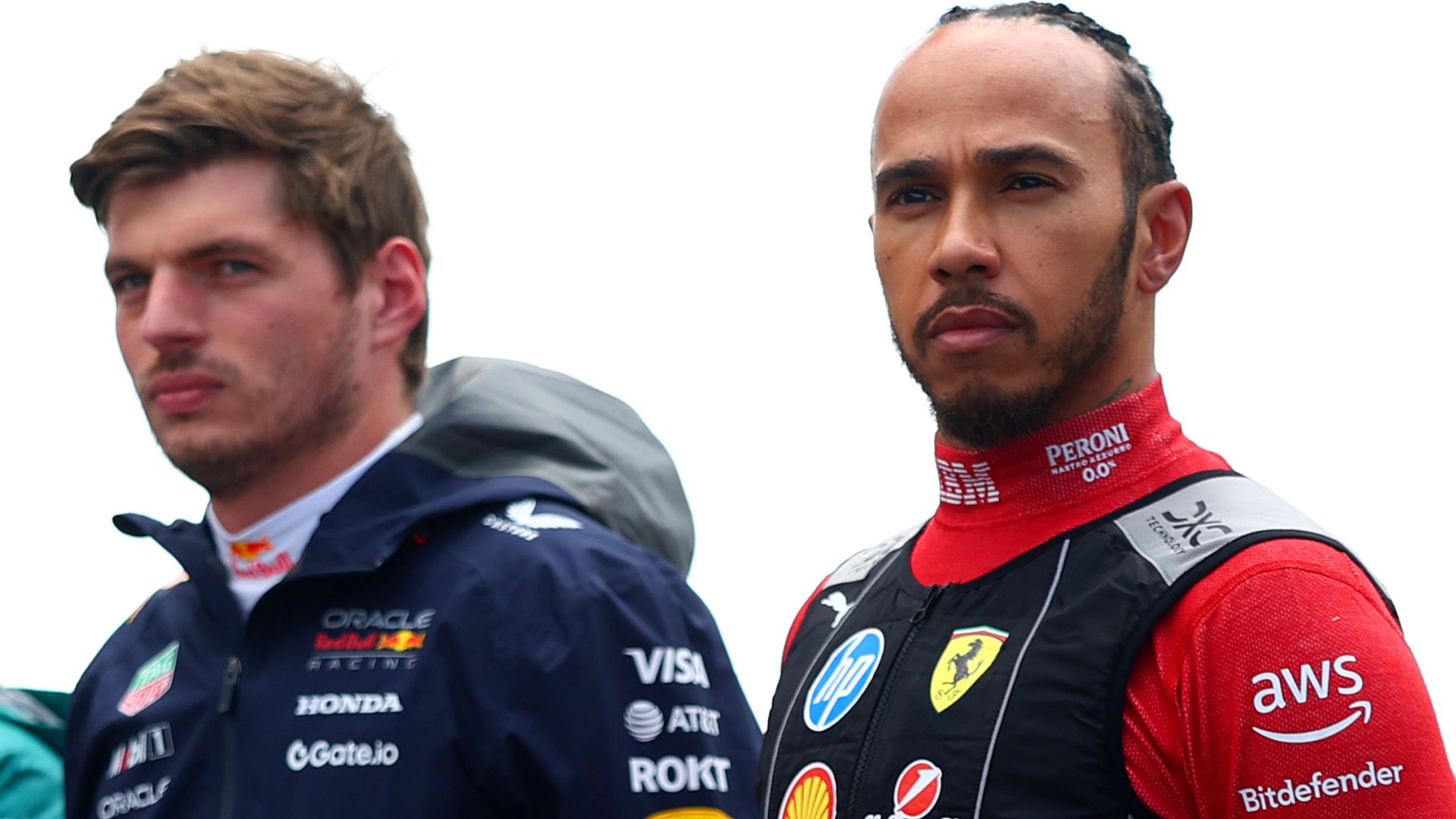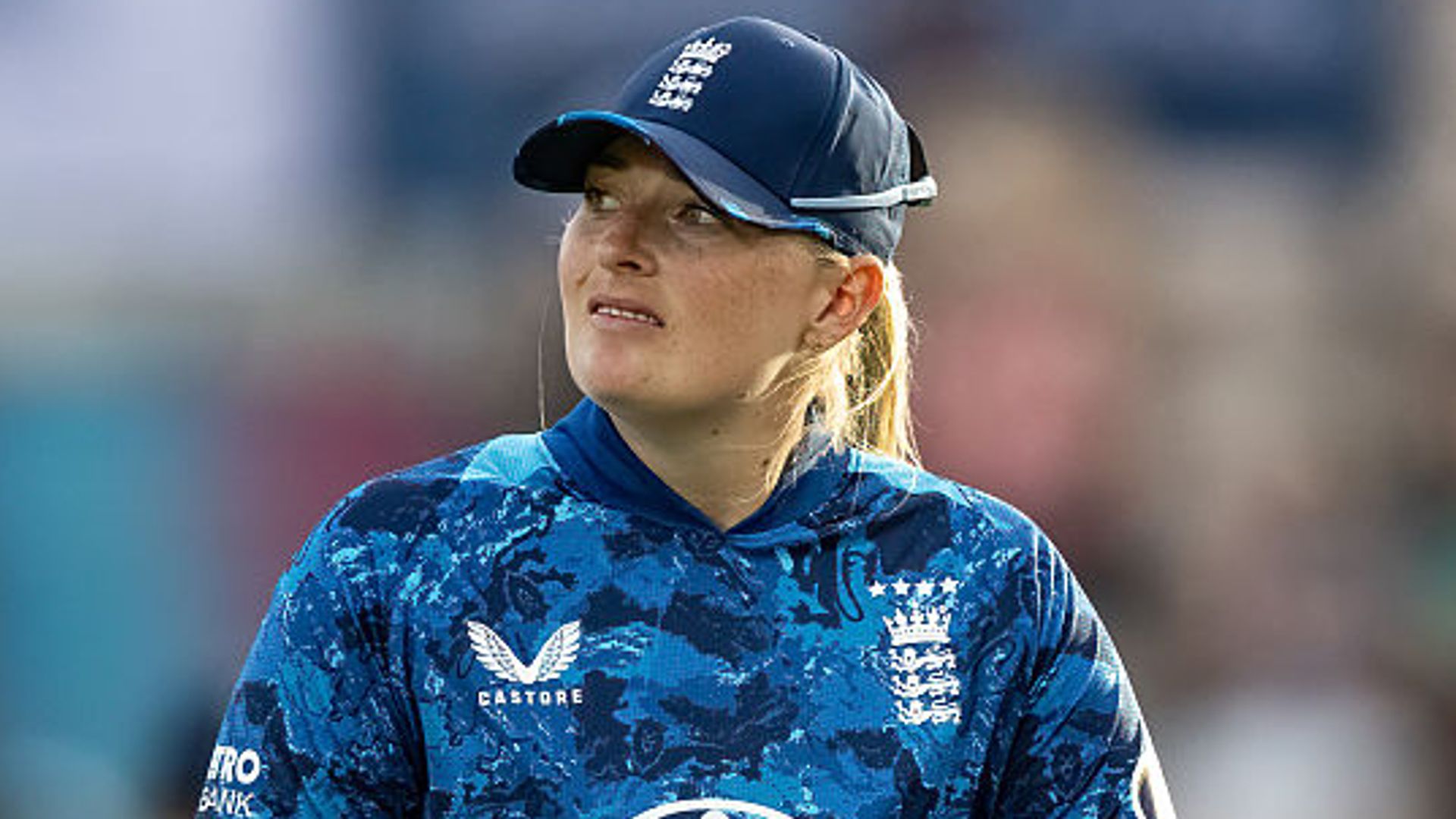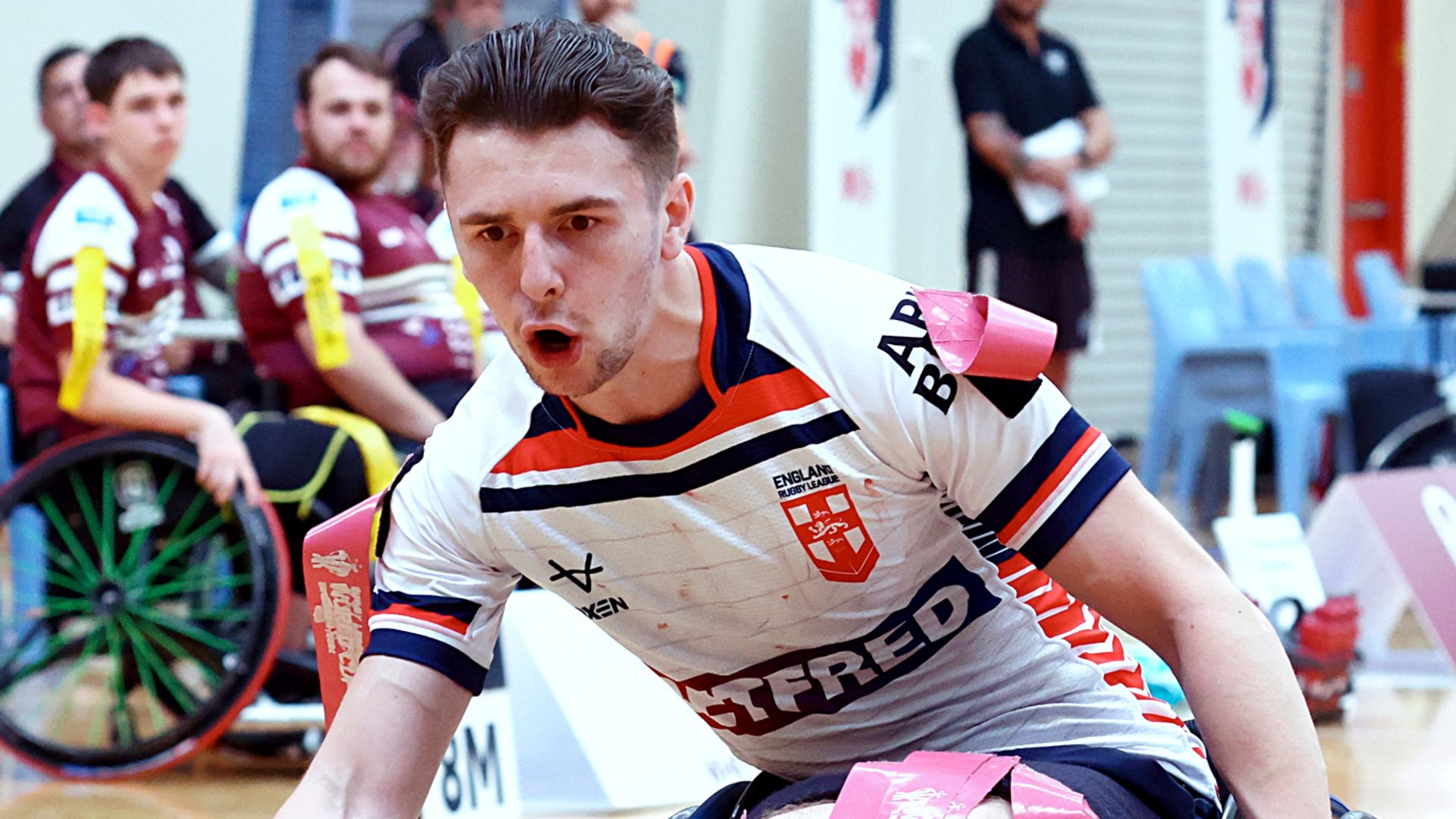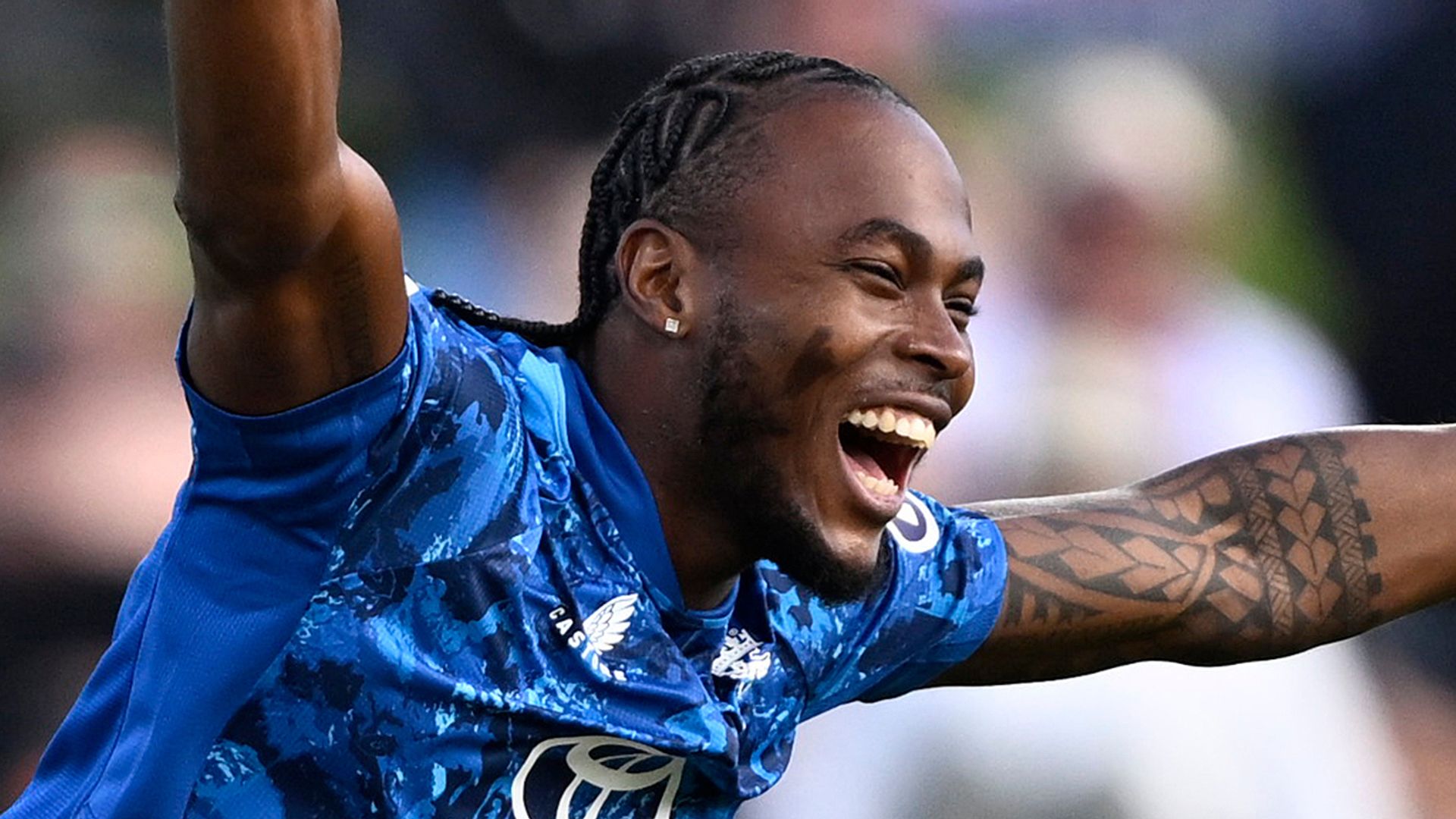Even Hamilton Would Crumble in Verstappen’s Shadow at Red Bull: Perez Sparks Controversy with Bold Claim on F1 Rivalry
Sergio Perez’s recent comments have generated a significant stir in the world of Formula 1, drawing attention to the intense competitiveness within the sport. By suggesting that even elite drivers like Lewis Hamilton and Charles Leclerc would struggle to thrive as Max Verstappen’s team-mate at Red Bull, Perez has ignited a debate around driver capabilities, team dynamics, and the unprecedented dominance of Verstappen in modern Formula 1.
Max Verstappen’s ascent in Formula 1 has been nothing short of meteoric. Debuting with Toro Rosso in 2015, he quickly became the youngest driver ever to compete in the sport at just 17 years old. His transition to Red Bull Racing soon followed, where he rapidly established himself as one of the most formidable talents on the grid. With multiple world championships under his belt, Verstappen has not only proved his driving prowess but has also demonstrated an ability to wield significant influence over his team and the overall trajectory of the sport.
This dominance has raised questions about the nature of competition within the team. Verstappen’s performances have been so exceptional that they create an environment where potential team-mates might struggle to find their footing. Perez’s comments highlight a critical aspect of modern racing: the psychological and strategic challenges faced by drivers who enter a team already associated with a superstar. In sports, such scenarios often lead to comparisons with historical figures who have created their own legacies while overshadowing their contemporaries.
The dynamics of competition in Formula 1 are uniquely complex. A driver’s success is not solely dependent on individual skill; it is deeply intertwined with the performance of their car, the strategies employed by their team, and the overall environment within the team. Red Bull Racing, under the leadership of Christian Horner, has crafted an atmosphere that favors Verstappen, which leads to a scenario where other drivers may feel the weight of expectation and pressure. The psychological toll this can take cannot be understated, especially when paired with the intense scrutiny that accompanies top-tier motorsport.
Historically, teams have seen varying degrees of success when pairing legendary drivers. The rivalry between Ayrton Senna and Alain Prost in the late 1980s and early 1990s is one such example. Their fierce competition within McLaren created a narrative that transcended the sport itself, illustrating how two leading talents could coexist, albeit with considerable tension. In contrast, the pairing of Michael Schumacher and Rubens Barrichello at Ferrari showcased a more hierarchical structure, where Schumacher’s dominance often left Barrichello in the shadows, impacting his performance and public perception.
In the context of Perez’s statements, the question arises: what does it take to be a successful team-mate to someone like Verstappen? The answer may lie in adaptability, resilience, and perhaps even the ability to prioritize team success over personal achievement. For drivers accustomed to being at the front of the grid, this can be a bitter pill to swallow. Hamilton, a seven-time world champion, has been known for his fierce competitive spirit and relentless pursuit of victory. However, the challenge presented by Verstappen, particularly with Red Bull’s current technical advantages, could demand a recalibration of strategies and mindsets.
The conversation surrounding Perez’s claim also delves into the broader implications for the sport. As Formula 1 continues to evolve, with new regulations and a push for sustainability, the competitive landscape is shifting. Teams are investing heavily in technology and driver development, leading to a narrower margin between success and failure. This hyper-competitive environment forces drivers to continuously adapt, not just in terms of technical skill but also in mental fortitude.
Moreover, the integration of newer talents into the sport adds further complexity. Young drivers entering Formula 1 often come with impressive resumes, yet facing a seasoned champion like Verstappen could prove daunting. The resurgence of drivers such as George Russell and Lando Norris has shown promise, yet their potential can be stifled within a team that revolves around a dominant figure.
In the wake of Perez’s comments, discussions are also likely to pivot towards the future of Red Bull Racing as they seek to maintain their competitive edge. As the landscape of Formula 1 continues to evolve, the challenge for Red Bull will be not only to nurture Verstappen’s exceptional talent but also to foster a culture that encourages collaboration and growth among all team members. Balancing the needs of a champion while ensuring the development of other drivers is a delicate task that requires vision and strategic planning.
Additionally, the implications of Perez’s statements extend beyond individual drivers and teams. They touch upon the very essence of competition in sports. Is it possible to cultivate an environment where multiple talents can flourish, or must one always overshadow the others in pursuit of greatness? This philosophical inquiry is central to many competitive arenas, reflecting broader societal themes of ambition, rivalry, and the human spirit’s quest for excellence.
As the 2023 season unfolds, the narrative will undoubtedly evolve. Fans and pundits alike will keenly observe how the dynamics at Red Bull play out, particularly with the emergence of new challengers. Will Perez’s assessment hold true as teams trial new strategies and technologies in their quest for supremacy? The spotlight will shine brightly, testing the limits of both established champions and rising stars, and ultimately shaping the future of Formula 1 in ways that resonate well beyond the racetrack.




